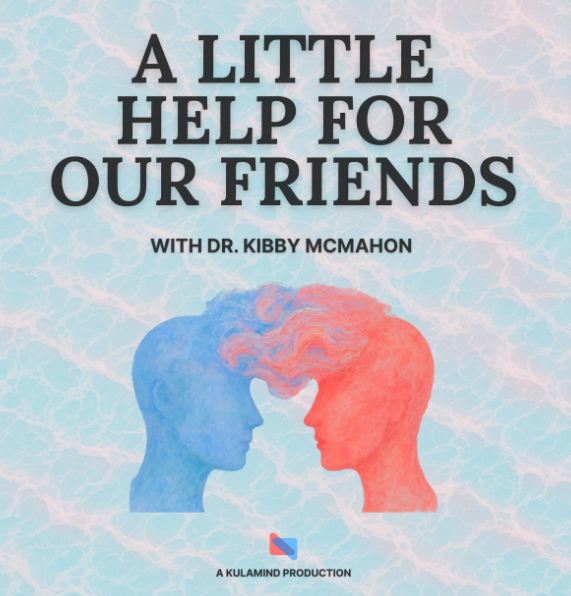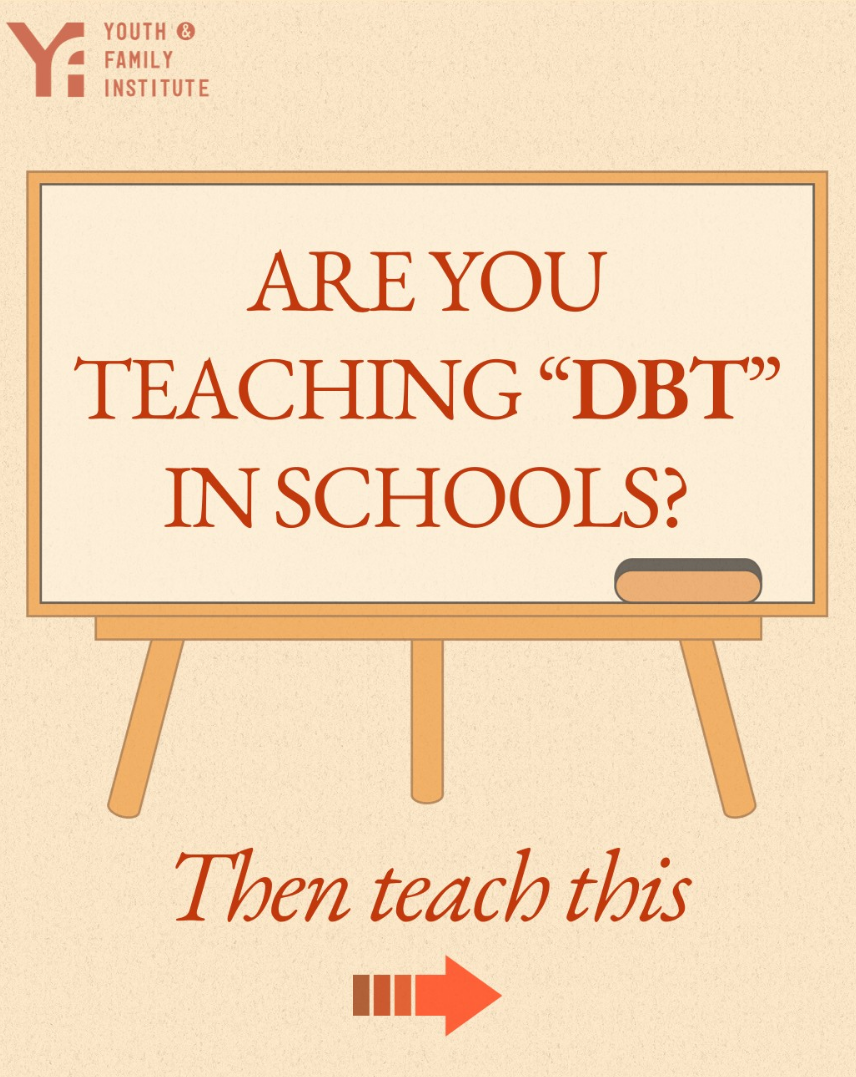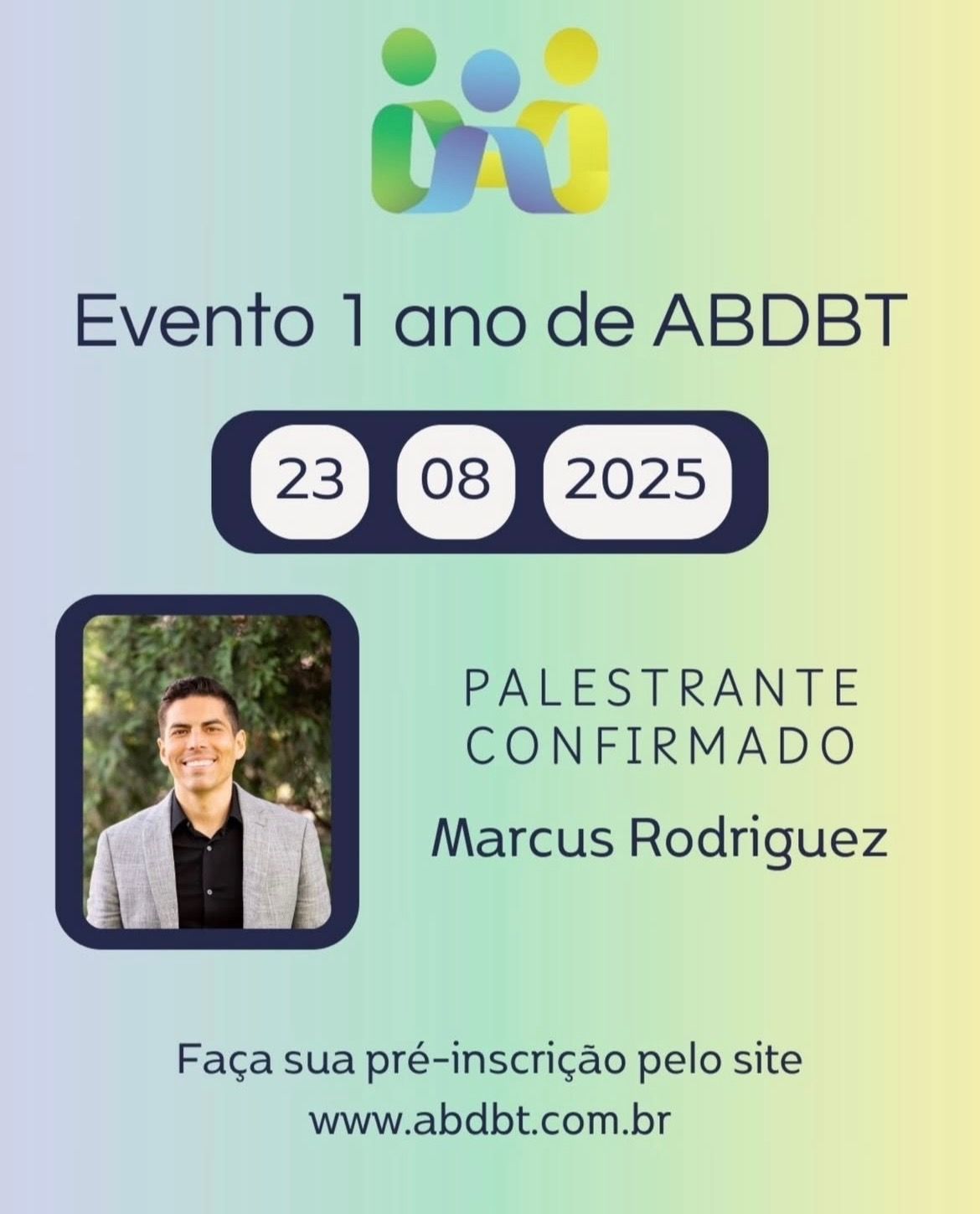A few weeks ago, Dr. Marcus Rodriguez led a DBT training for Pomona Unified School District teachers—and unintentionally staged a low-budget remake of Dawn of the Dead… teacher edition.
How so? These teachers shuffled through an empty room with no talking, no eye contact, and no apparent destination.
They weren’t undead. They were practicing mindfulness.
The instructions: Walk slowly, paying attention to your physical sensations.
Try to notice…
-
The moment your heel touches the ground
-
The shift of weight across your sole and toes (yes, he once said “soul”)
-
The lift of your heel
-
Micro-adjustments to stay balanced
-
Your glutes, quads, hamstrings, calves, and hip flexors
-
The full weight of each step
When your mind inevitably wanders, thank yourself for noticing.
Then gently bring your attention back to your body.
The point? To practice…
-
Being in the present moment
-
Body awareness
-
Letting go of judgments
-
(And, optionally, terrifying strangers with your thousand-yard stare)
DBT is a mindfulness-based treatment; mindfulness is the core component. At the Youth & Family Institute (YFI), we offer principle-driven trainings that build mindfulness and distress tolerance for staff—and compassionate, evidence-based DBT and CBT care for children and adolescents experiencing depression, anxiety, self-harm, and trauma.




